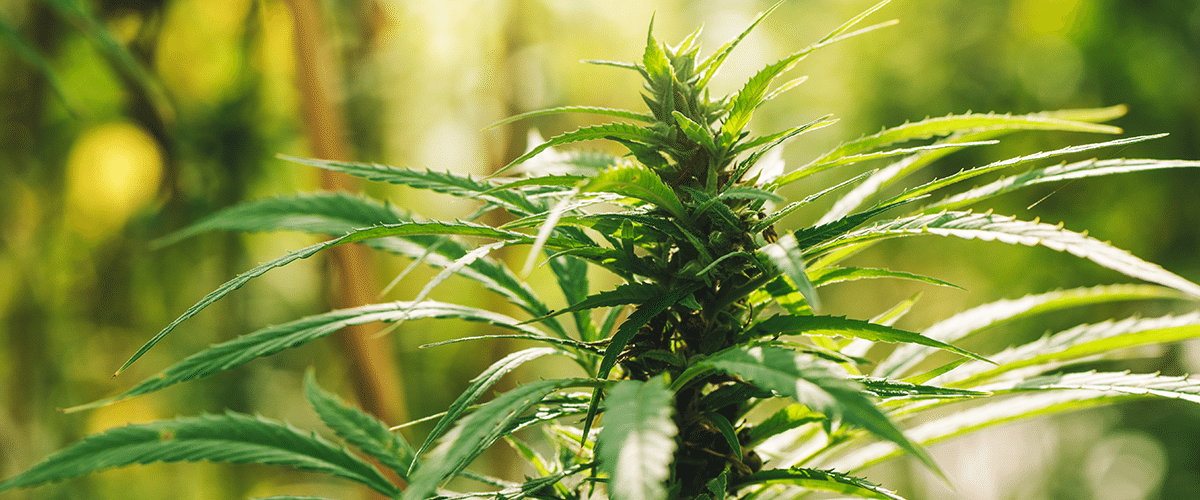It’s all about balance.
Cannabidiol (CBD) and Δ9-tetrahydrocannabinol (THC) are the two most prominent cannabinoid molecules found in cannabis. Cannabinoids are compounds that are unique to Cannabis – the plant genus that includes both hemp and marijuana. There are over eighty different cannabinoids, but THC and CBD are the best understood and most studied. They were also the first two cannabinoids discovered – back in the late 1930s – and were the first two cannabinoids to be fully described and researched beginning in 1964.
THC is the cannabinoid people think of when they think of marijuana. It is a psychotropic compound that produces the “high” that recreational cannabis users are seeking. While there is a risk of some negative side-effects from THC, it is not possible to have a fatal overdose. Never the less, both THC and marijuana are Schedule I controlled substances, which is a class of substances considered to be the “most dangerous” drugs, according to the U.S. government. CBD, on the other hand, is non-psychotropic and is not a controlled substance.
Both THC and CBD exert virtually identical beneficial effects (in fact, CBD is considered to have wider therapeutic value); the only difference being that THC is psychotropic and CBD is not.
Both THC and CBD act on the endocannabinoid system in the human body, a vital cellular signaling system that is involved in modulating pain, appetite, mood, memory and cellular life and death cycles. Research continues to show that CBD protects against the minimal adverse effects of THC [PDF], and appears to inhibit the THC “high.” When CBD and THC are compared head-to-head, there’s very little need to have a product with a lot of THC unless you are looking for recreational cannabis.
CBD and THC exist in cannabis plants in a wide range of proportions. Some cannabis has far more THC than CBD; this is commonly called “marijuana.”
Marijuana is cannabis that has been cultivated, manipulated and/or cloned by man over many decades for its intoxicating effects. Typical THC content in marijuana, including “medical” marijuana, ranges from 3% all the way up to 30%, with the average between 11%-13%.
Hemp is just the opposite; it has negligible THC (generally less than 0.3%) and an abundance of CBD. This is nearly identical to the THC/CBD profile found in Cannabis sativa growing wild (sometimes colloquially called “ditch weed”). This natural balance of cannabinoids is one of the primary motivators for our focus on developing cannabinoid products from agricultural hemp as opposed to marijuana.
In summary: Both THC and CBD are cannabinoids that appear to have immense therapeutic potential. But CBD may be the unsung “superstar” of the cannabis plant because it does not cause (often) unwanted psychoactivity. Because CBD is naturally more prevalent in agricultural hemp (and hemp has the CBD to THC ratios found in cannabis in nature), and because high-THC marijuana is illegal at the federal level, it makes more sense to us to cultivate hemp for CBD.






